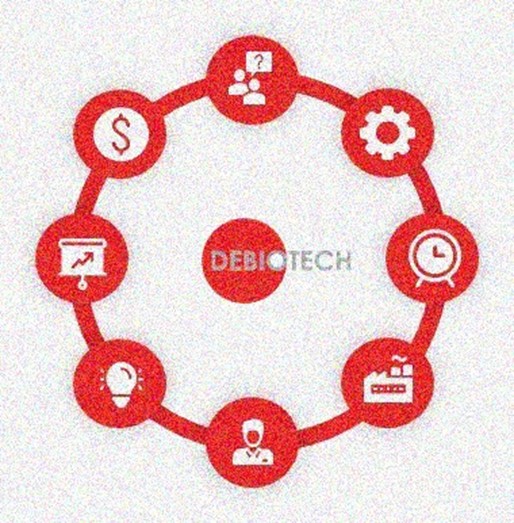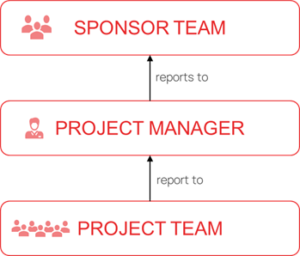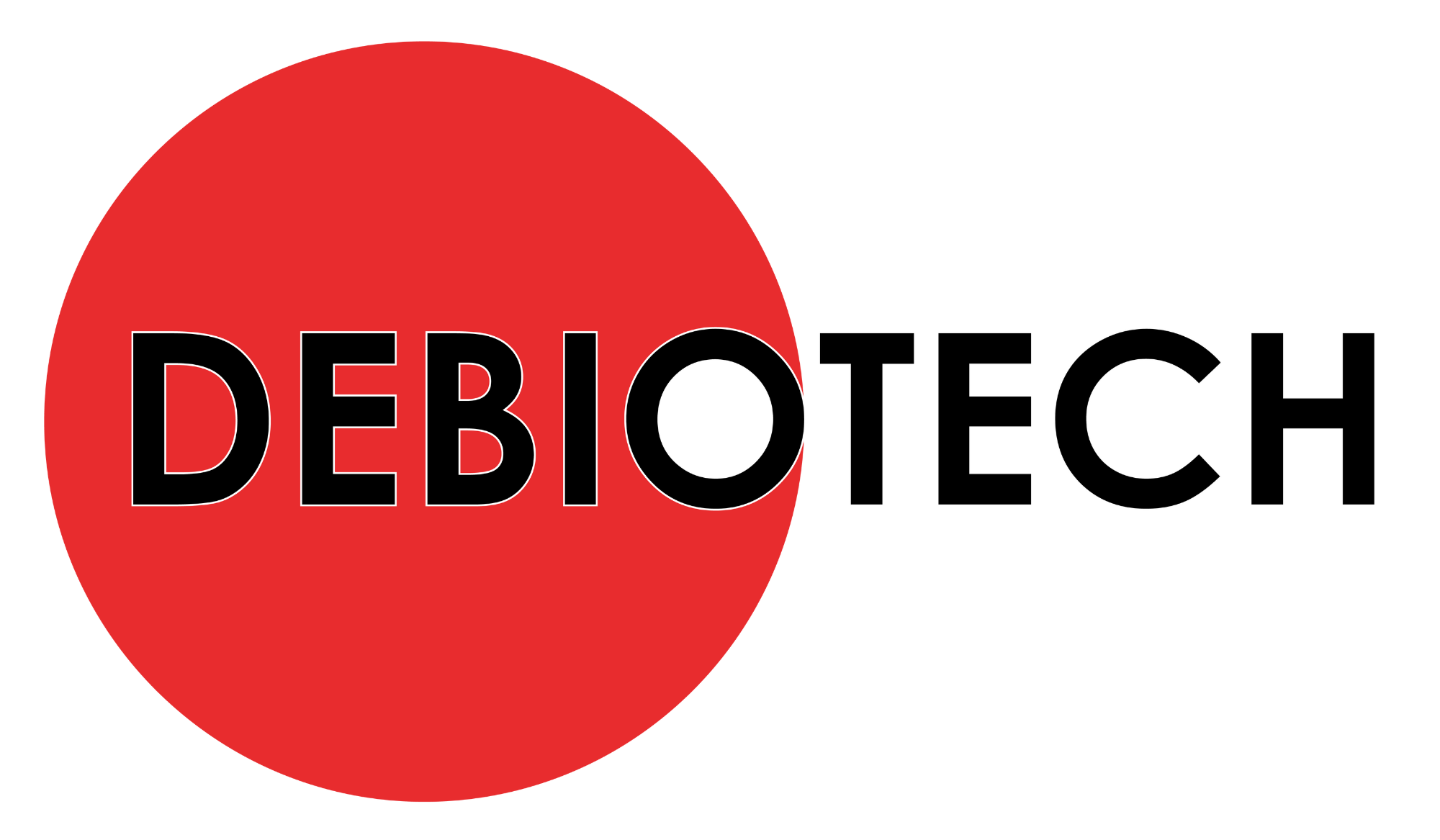
The goal of this publication is to help you in your transversal project management activities. Transversal project management is not a straightforward task involving a single individual; it is indeed a set of numerous and complex tasks with multiple stakeholders involved from different departments and organizations.
This is the first part of a series of 6 articles on this topic.
Targeted audience
The information gathered in this publication should be particularly useful for:
- C-Level executives,
- Project Managers,
- Quality Managers.
Introduction to transverse project management activities
What is a project?
A project is a temporary individual or collaborative effort to create value or to reach a specific outcome. A project is limited in time, it has a beginning and an end.
A project can involve a single individual and limited financial resources or involve thousands of collaborators and results in costly deliverables. The bigger the project is, the higher the added value of proper project planning and execution.
Projects are triggered by strategic plans defined by the Sponsor team as illustrated in Figure 1.
What is a transverse project ?
A transverse project is a project that requires for its execution the involvement of multiple functions, departments, and management practices. Transverse project management goes beyond traditional top-down approaches to encompass different hierarchies and functions.
A transverse project can also be called a cross-functional project.
Entities involved in transversal project management
To allow proper planning and execution of your transverse project, you should carefully define the different entities that will be involved throughout the project lifecycle. Those entities and their relationships are illustrated in the next Figure 1.

Figure 1. Project entities
Sponsor team
The sponsor team consists of a group of stakeholders, who are usually experienced and high-level executives or advisors that will periodically meet with the project manager and some members of the project team to ensure proper planning and execution and to free the necessary budget at the different project phases. By considering the strategic plans behind the projects, the sponsor team checks the alignment of the object with the strategic objectives.
Depending on the size and timeline of the project, the sponsor could be limited to a single individual (usually the CEO or COO of the company) or could include tens of people with various expertise and potentially external to the organization supporting the project.
The responsibility of the sponsor team usually integrates:
- Decision to initiate the project in relation to the strategic plans of the performing organization,
- Validate the project scope,
- Assignment of the project manager,
- Validation of the different project phases and the associated timelines,
- Validation of the financing of the project,
- Validation of assignment of human resources to this project,
- Strategic alignment with all company department,
- High-level control of the project execution,
- Official project closing.
Authors
 |
Rémi Charrier Business Development Director r.charrier@debiotech.com |
||
|
Stephan Proennecke |
 |
Next steps
Debiotech is glad to have the opportunity to share its knowledge with innovative companies from the MedTech industry. Your feedbacks on this publication are welcome and will be used to update it or to create new publications on topics you care about.
Continue your education on medical device development by:
- Accessing Debiotech historic publications: https://www.debiotech.com/news-grid/
- Following Debiotech on LinkedIn to be notified on new publications: https://www.linkedin.com/company/debiotech-sa
- Contacting us to ask a question or request personalized support: contact@debiotech.com
Debiotech would be proud to be your partner and support you with:
- Medical device design & development services:
- Software: Digital Health, Firmware, Embedded, SaMD
- Electronics: Design, Verification and Validation
- Mechanics: Design for micro-fabrication & fluidics systems
- Supply chain development and optimization
- Support in medical innovation management:
- Market analysis and segmentation
- IP management
- Business plan consolidation
- Partnership development


